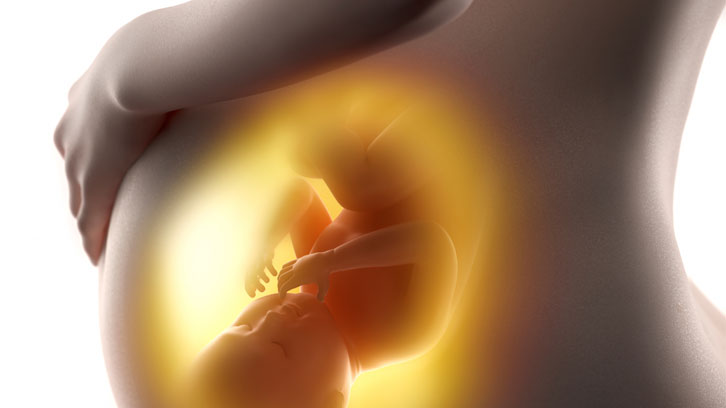Alcohol consumption during pregnancy alters placental hormone production

Author: iStockphoto/janulla.
Fetal Alcohol Spectrum Disorder (FASD) is the main cause of preventable non-genetic mental retardation. Unfortunately, the prevalence rates are not known exactly, however, it is estimated that nine 9/1,000 babies born are affected by the disease.
Although the diagnosis of FASD is not simple, we can recognize certain characteristics of the syndrome. Growth retardation, cranio-facial features (including small eyes, no philtrum and/or thin upper lip), and neurobehavioral problems. However, most FASD cases are not properly diagnosed. Until today, strategies for detecting children exposed to ethanol have mainly focused on the use of questionnaires and biomarkers of maternal consumption of alcohol. In fact, the determination of fatty acid ethyl esters (FAEE) in meconium (baby's first stool) is the best procedure to identify newborns exposed to ethanol.
However, biomarkers that provide objective information about the damage exerted by alcohol have not been described yet. After delivery, the placenta is the most accessible tissue that provides maternal-fetal information. The study presented here provides important results in the discovery of new biomarkers for placental damage using placental cell culture exposed to alcohol – damage subsequently confirmed in a cohort of children exposed and not exposed to ethanol during pregnancy.
Figure 1: Quantification of fatty acid ethyl esters (FAEE) in meconium for classifying cases as exposed or not exposed to alcohol. In second place can be seen the production of human chorionic hormone (hCG) and insulin growth factor 2 (IGF-2) in the placenta of children exposed or not exposed to alcohol.
To evaluate the effects of ethanol exposure in a controlled system, we exposed placental cell lines to alcohol levels compatible with those found in occasional consumers of alcohol, in order to simulate normal conditions. After treatment, placental cells exposed to alcohol showed a significant increase in the production and secretion of human chorionic hormone (hCG) and insulin growth factor 2 (IGF-2). These hormones are essential in intrauterine growth retardation, a key element in the diagnosis of FASD. In addition, this increase was accompanied by an increase in the number of apoptotic cells observed. Finally, we checked this finding in humans. We determined the levels of these two proteins in placenta from children exposed and not exposed to alcohol. The production of hCG in placental tissue from children exposed to alcohol was significantly higher than in the group of children not exposed. The differences were not strong enough for the IGF-2 though a trend similar to the results observed in vitro experiments was observed.
The study, signed by Dr. Xavier Joya from Institut Hospital del Mar d’Investigació Mèdica (IMIM) makes it clear that exposure to alcohol during pregnancy alters placental hormone production and in part this could explain growth retardation observed in children diagnosed with FASD.
Department of Paediatrics, Obstetrics, Gynaecology and Preventive Medicine (UAB)
References
Joya, Xavier; Salat-Batlle, Judith; Velezmoro-Jáuregui, Gretsen; Clavé, Sergi; Garcia-Algar, Oscar; Vall, Oriol. Prenatal ethanol exposure and placental hCG and IGF2 expression. Placenta. 2015, vol. 36, num. 8, p. 854-862. doi: 10.1016/j.placenta.2015.05.011.


